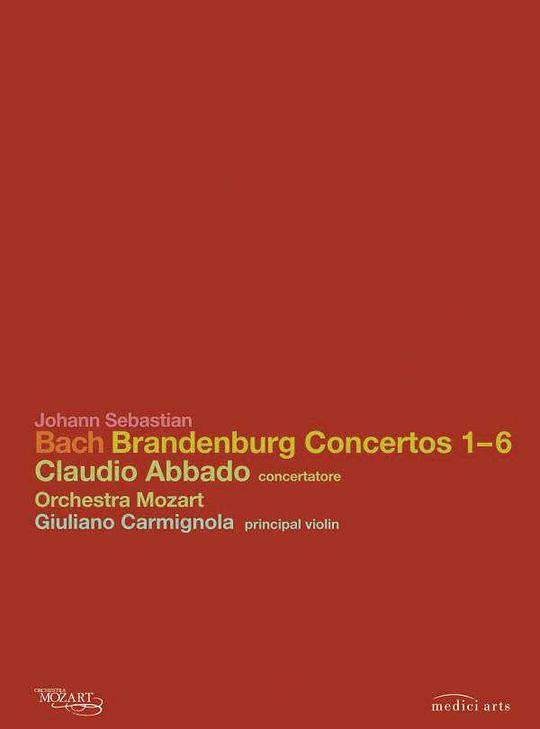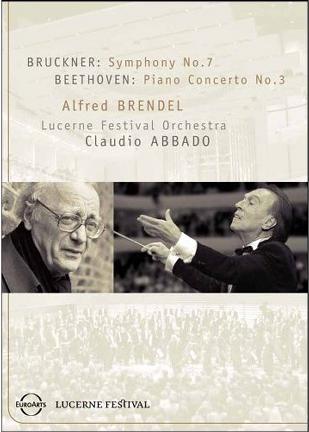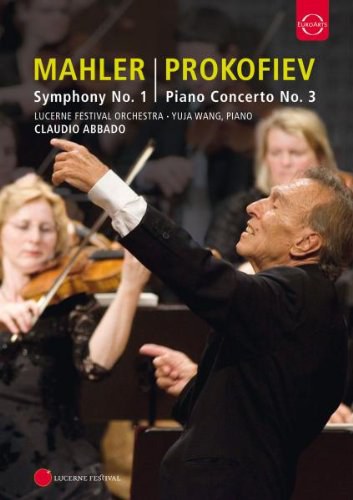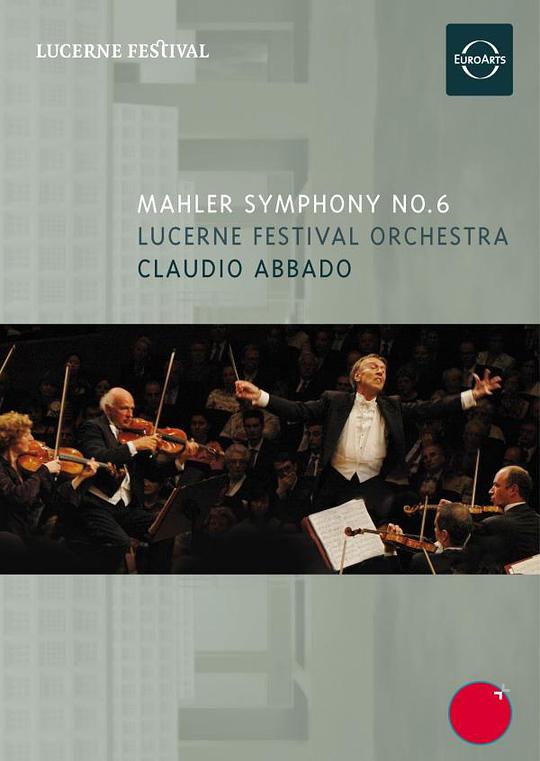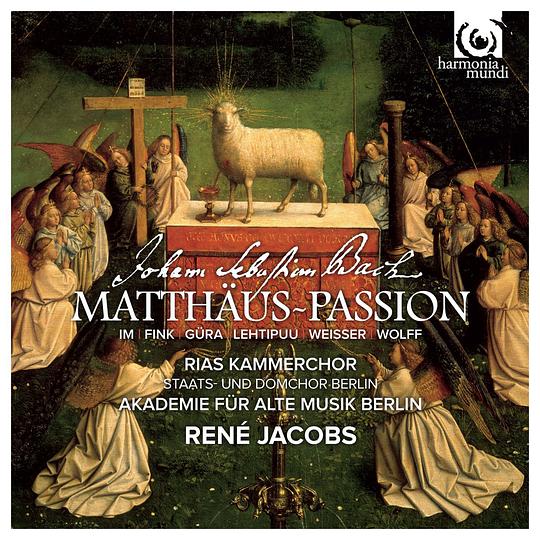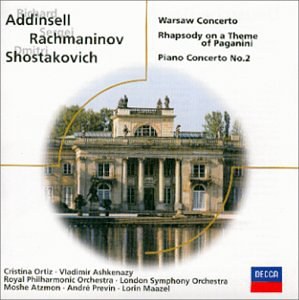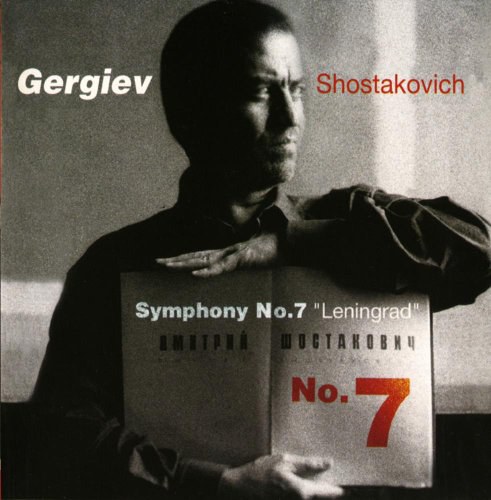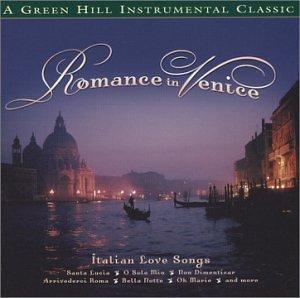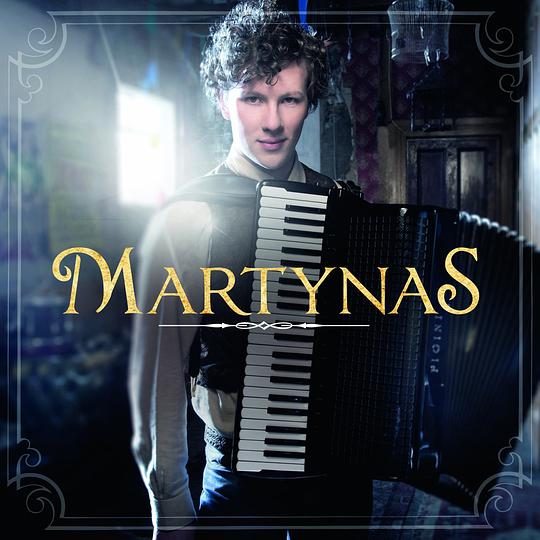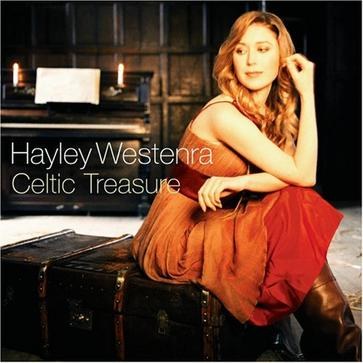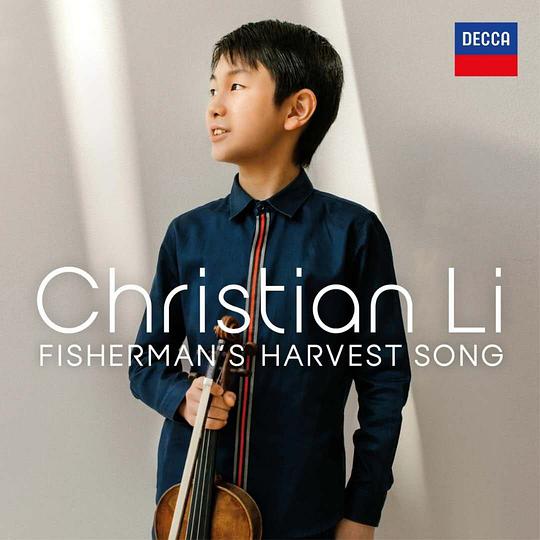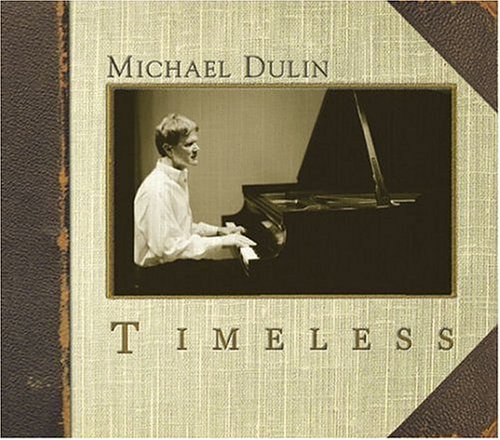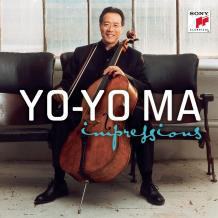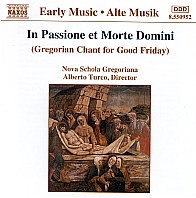In Passione et Morte DominiGregorian Chant from the Liturgy for Good Friday Domine, audivi auditum tuum (tractus)(Lord, I heard Thy voice)Christus factus est (responsorium graduale)(Christ was made obedient unto death)Evangelium passionis et mortis Domini(Gospel of the Passion and Death of the Lord)Ecce lignum crucis (antiphon)(Behold, the wood of the Cross)Popule meus, quid feci tibi? (improperia)(My people, w hat have I done to you?)Crux fidelis (hymnus)(Faithful Cross) At the heart of the celebration of the liturgical year, the Easter of Christ and of the Church, Good Friday occupies a central position. Before proclaiming the glorious resurrection of Jesus, the Church identifies herself in her own destiny of death, involving herself totally in the experience of the Cross. The liturgy of Good Friday is unlike that of other days. It has in common with the celebration of the Vigil of Easter a special and exceptional dimension. In the Vigil the resurrection of Christ is celebrated: Good Friday opens a window on the principal aspect of the Easter mystery. This is to be understood by the people of God not so much on a rational plane, which always risks remaining detached and cold, as from an outside observer, as through a total and personal participation in every way, from reason to imagination, from deep feeling to bodily gesture. This didactic preoccupation of the Church is shown in the many and various ritual elements that mark the action of the liturgy. From the pre-Carolingian period, the afternoon celebration of Good Friday contained various elements that we find fundamentally unchanged still in the modern liturgy, the Liturgy of the Word, that ends with the solemn chant of the universal prayer, the Adoration of the Cross, the Communion. The first three tracks of the present recording belong to the Liturgy of the Word. The tract Domine, audivi, illustrates the ancient practice of direct psalmody, consisting of the singing of psalm verses without the addition of other elements, such as antiphons. The mode of re (Mode I) reveals the derivation of this melody as from a Frankish source, when the melody is elaborated and enriched by the ornamentation proper to the tract. The second chant is the responsorium graduale Christus factus est, which comes between the scriptural texts. Notwithstanding the melodic and melismatic development (notably the long vocalisation that underlines the central words of the verse, exaltavit illum, raised Him up), this chant betrays its origin as a psalm formula. Extreme care has been taken to suit the music to the text, something evident in all the nuances, with strong contrasts of expression (in addition to that already mentioned, one may draw attention to the treatment of the words mortem autem crucis, the death of the Cross). This gradual is not reserved solely or the Good Friday liturgy but is also sung at Mass on Palm Sunday and in many churches it is also sung after the Office of Tenebrae on the last three days of Holy Week, from Maundy Thursday to Holy Saturday. The Passion constitutes the climax of the Liturgy of the Word. The ancient proclamation follows the customary cantilation, the singing of the Scriptures with fixed inflexions of the voice to correspond with the punctuation of the text. The narrative is elaborated to provide a dramatic element. The post-Carolingian tradition has called for the participation of at least three singers, to whom are given the words of the Evangelist, of Christ and of others, individuals and the crowd. The singing of the Passion could be accompanied by dramatic movement, such as, for example, the rending of the curtain that separated the priests of the choir from the rest of the church. From a musical point of view the tradition has continued of allotting the part of the Evangelist to a tenor, singing in free rhythm, while the voice of Christ, deeper in register, has an air of solemn serenity. The other characters are sung at a higher pitch, as evidenced always by the manuscript sources that make use of various letters for the voices, such as h (humiliter - humbly) and t (tenere - tenderly) for Christ, c (celeriter - quickly) for the Evangelist, s (sursum - upwards) for other individuals. The Adoration of the Cross, that opens with the antiphon Ecce lignum crucis, sung three times in succession, each time at a higher level, is accompanied by various chants, among which there stand out the Improperia that begin with the words of the Prophet Micah, Popule meus. The Improperia demonstrate various special features, with a rounded structure, a series of musical phrases that appear between the verses, the reproaches of Christ to the people of Israel, who have not recognised their Messiah and Saviour. To this attitude of the Jewish world is contrasted the faith of the Church, which proclaims Christ as God in a triple acclamation in Greek and in Latin. The Improperia have a probable origin in seventh and eighth century Ravenna, with clear derivation from the world of Byzantium, still imbued with the anti-Jewish polemic of the first centuries of Christianity. The reproaches to Israel vary in different sources both in number and in order of succession. Contrast of timbre has here been provided by the use of two choirs, and soloists for each choir. Conflicting texts of high dramatic value, actions and differing timbres for each part are also found in other parts of the liturgy for these days, for example in the Kyrie trope Qui passurus from the Office of Tenebrae and the better known Quem quaeritis. These elements of the liturgy provided the basic elements of liturgical drama, the origin of modern European theatre. Of particular interest is the last track of the present recording, the hymn Crux fidelis. The text is the work of Venantius Fortunatus, born in 535 at Treviso. Unlike the hymns of the Divine Office, this processional chant has its opening words Crux fidelis...flore, germine, or its closing words Dulce lignum, dulces clavos, dulce pondus sustinet, repeated after each strophe of the hymn, a structure analogous to that of the Easter Salve festa dies by Venantius Fortunatus. This manner of performance reflects preoccupation with the participation of all those present in the chant: while it would be impossible to remember the whole hymn, it was possible to memorise a single strophe repeated several times as a refrain. Ab. Bonifacio Baroffio, O.S.B.President of the Pontifical Institute of Sacred Music in Rome(English translation by Keith Anderson) Nova Schola GregorianaThe Nova Schola Gregoriana can boast experience of some twenty years in the study of Gregorian chant, basing its work on the research of scholars such as Eugene Cardine and Jean Claire, monks of Solesmes, of Luigi Agustoni and of Alberto Turco, the present director of the Schola. The Nova Schola Gregoriana has been greeted with international critical acclaim at appearances throughout the world, at festivals in Paris, Avignon, Avila, Cuenca, Como, Pomposo, Arona and elsewhere, and concerts in Italy, France, Switzerland, Greece, with tours of Japan and the United States of America. In 1987 the Schola was awarded the Orphée d'or by the Paris Canteloube Foundation of the Academie Nationale du Disque Lyrique. Alberto TurcoAlberto Turco is the director of the Cappella of the Cathedral of Verona and lecturer in Gregorian chant at the Pontifical Ambrosian Institute of Sacred Music in Milan and at the Scuola Superiore of Musical Pedagogy of the University of Macerata. He also serves as a guest lecturer at the Pontifical Institute of Sacred Music in Rome and at various international courses on Gregorian chant, on which, and on Ambrosian chant, he has published various works, in addition to the recordings he has directed. Solo cantors: Alessio Randon, with Roberto Spremulli andGiovanni Maria Rossi in the Gospel of the PassionChoristers: Nicola Bellinazzo, Domizio Berra, Giacomo Carniti,Olivo Damini, Giuseppe Fusari, Franco Guglielmi,Gianlorenzo Maccalli, Renato Magoga, Giorgio Mazzucato,Enrico Speroni, Giulio Urbani, Mariano Zarpellon

